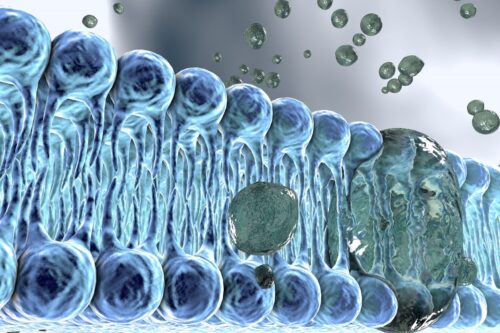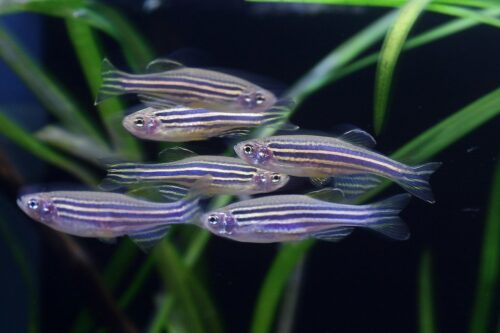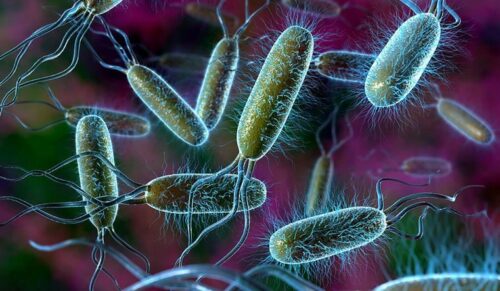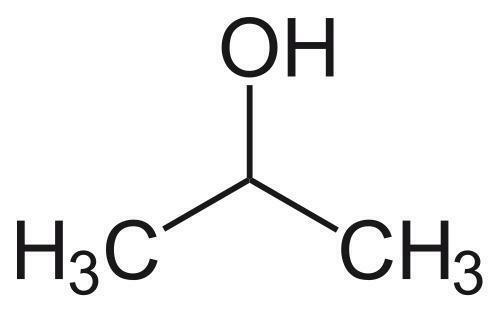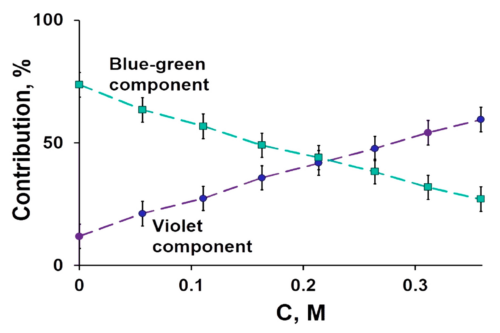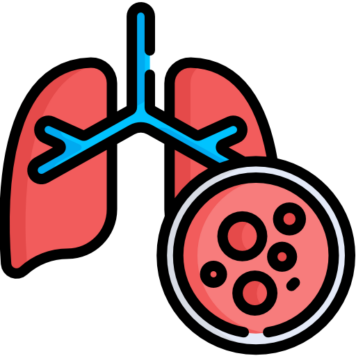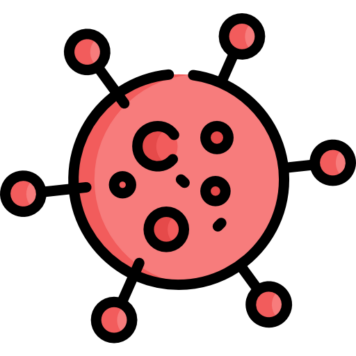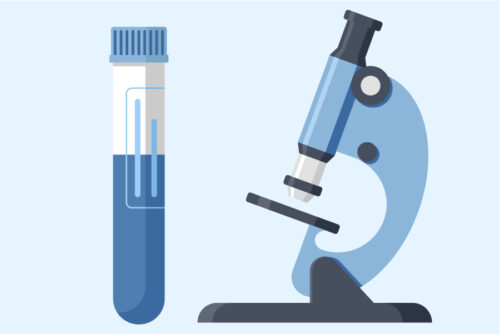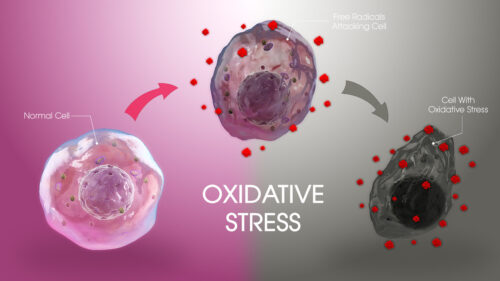While exploring articles on the National Library of Medicine’s website, we stumbled upon a gem of a paper that’s almost like a grand tour through the evolution of fullerenols! The article, titled “Potential Medical Use of Fullerenols After Two Decades of Oncology Research,” can be found here – https://journals.sagepub.com/doi/10.1177/15330338231201515. It’s a goldmine of information!
Before you dive into reading it, we want to give you a bit of background info and structure to help navigate through the scientific jargon more easily.

The Genesis of Fullerenols
The article starts by sharing that following the discovery of fullerenes 30 years ago, scientists embarked on a quest to make this element water-soluble, focusing on the optimal number of hydrogens needed. This led to the emergence of studies on fullerenol. Fullerenol C60(OH)x, a modified element, is better absorbed by the body, making it more effective than its fullerene counterpart.
Exploring the Antioxidant Power of Fullerenols
As the story of fullerenol unfolds, about 20 years ago, researchers began delving into its antioxidant properties, toxicity, and safety. The article compiles a variety of studies demonstrating how fullerenol, as an antioxidant, has a significantly positive impact on various body parts and diseases.
The author anticipates that in the near future, more research will emerge on the effects of fullerenols on diseases where oxidative stress is a key culprit. To clarify, oxidative stress refers to a significant imbalance between the number of free radicals and antioxidants in the body. In simpler terms, it’s when antioxidants are overwhelmed, leading to an increase in free radicals. Unfortunately, “the near future” in scientific terms doesn’t mean a few months but years. However, it’s possible that some research groups are currently conducting studies that could be published within this year
Exploring Fullerenols in Oncology and Their Cytostatic Effects
The focus of the article’s latter sections shifts to the intersection of fullerenols and oncology, particularly emphasizing their cytostatic effects. It begins with an explanation about the defense against DOX. Doxorubicin (DOX) is a powerful antibiotic utilized in cancer treatments across various types. Its potency, however, comes with the cost of side effects. The medical community has been tirelessly searching for methods to mitigate these effects on organs. The narrative delves into how researchers experimented with varying forms and dosages of fullerenol to assess its protective efficacy. A notable finding was that a high dosage of fullerenol, 200mg per kg, significantly shielded against DOX’s side effects but proved toxic to the organism. This highlights the critical balance needed when administering beneficial substances; even the most helpful element can become harmful if consumed in excessive amounts. For instance, the Biofullerene Water mentioned contains a meticulously calculated concentration of 0.00107 mg per kg to ensure safety and efficacy.
The article concludes with anticipations of future studies exploring diverse combinations of DOX and fullerenol, hinting at a promising frontier in cancer treatment strategies. Additionally, it brings attention to research showcasing fullerenols’ effectiveness not only as antioxidants but also as potential organ protectors against the harsh impacts of chemotherapy and radiation therapy.
Moreover, it’s underscored that fullerenols exhibit cytostatic properties beyond their antioxidant capabilities. The term “cytostatic” combines “cytos,” meaning cell, and “staticos,” indicating a halting effect, referring to agents that decelerate the proliferation of cancer cells. This dual functionality of fullerenols opens new avenues for their application in oncological treatments, marking an exciting phase in the ongoing battle against cancer.
From Lab Rats to Pigs: The Evolution of Fullerenol Research
Research into fullerenols has traditionally involved a variety of test subjects, primarily lab rats like Wistar and Sprague-Dawley breeds, and even genetically modified rats such as the 5-FAD, used specifically for Alzheimer’s disease studies. The article now highlights a significant shift towards pig models in fullerenol research. Why pigs, you might wonder, after rats? It turns out pigs share many similarities with human anatomy and physiology. Their comparable size to humans allows for more accurate predictions regarding dosages, enhancing our understanding of both the efficacy and safety of these doses. Additionally, pigs have an immune system more akin to humans, and their longer lifespan compared to rats offers a broader window to observe long-term effects.
The article strongly encourages readers to dive into this comprehensive study: “Potential Medical Use of Fullerenols After Two Decades of Oncology Research” https://journals.sagepub.com/doi/10.1177/15330338231201515
It covers an extensive range of topics, ensuring there’s something of interest for everyone. Moreover, it serves as a reminder that these studies often involve significantly higher doses of fullerenol than what’s found in commercial products like Biofullerene Water—up to 200,000 times more. For those dealing with health issues, it’s an invitation to explore these findings further, ideally in consultation with a healthcare professional, to understand the potential implications and applications of fullerenol in medical treatment.
Note: Remember, research on various fullerenol derivatives is ongoing. They’re not yet approved treatments for specific diseases.
References:
Injac, R. (2023). Potential Medical Use of Fullerenols After Two Decades of Oncology Research. SAGE Journals. https://journals.sagepub.com/doi/10.1177/15330338231201515
Related researches 112 articles




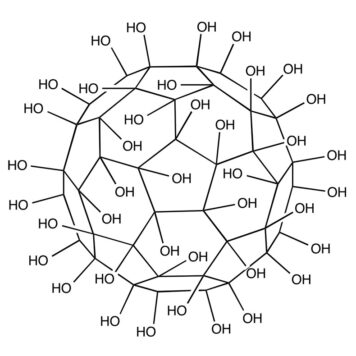
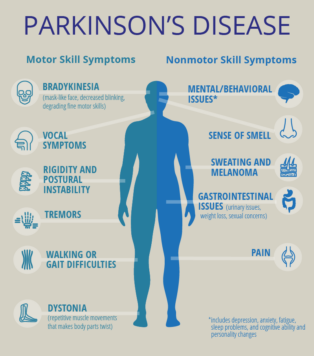


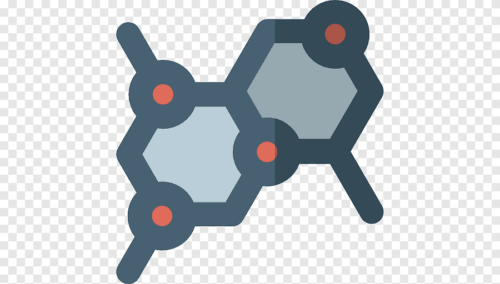


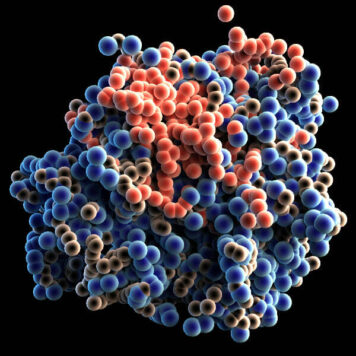


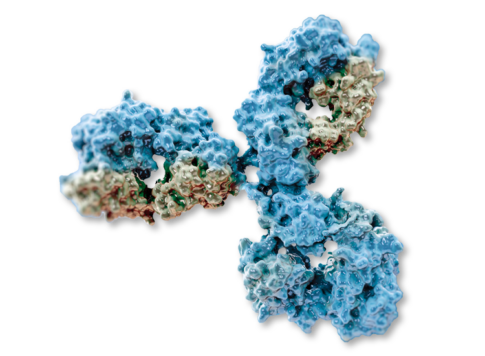
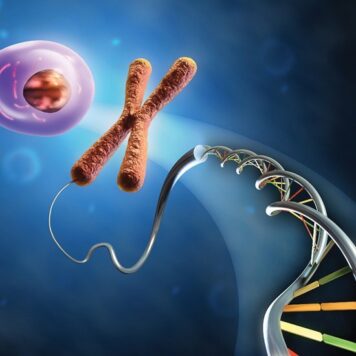


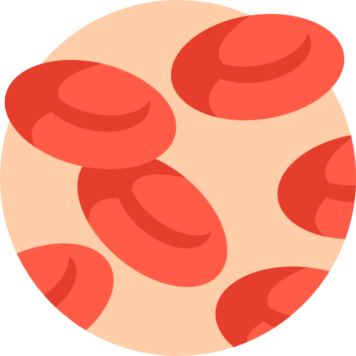



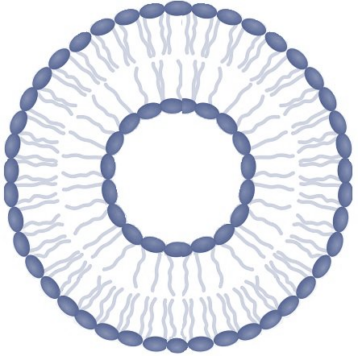

![Inhalable gadofullerenol/[70] fullerenol as high-efficiency ROS scavengers for pulmonary fibrosis therapy](https://biofullerene.com/wp-content/uploads/2022/12/istockphoto-12925559-440x356.jpg)
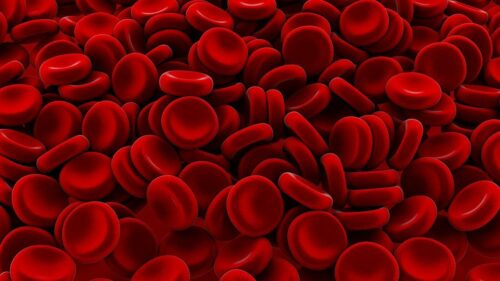

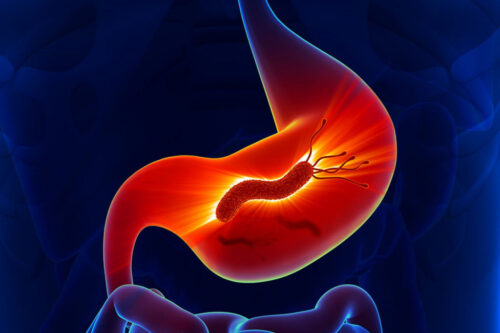


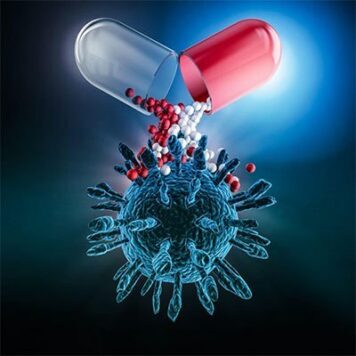
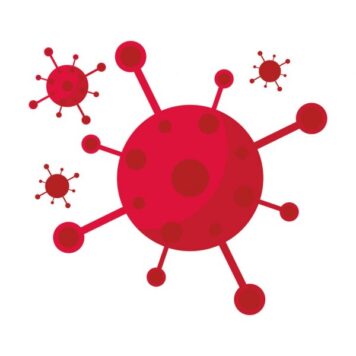



![Biocompatible [60]/[70] Fullerenols: Potent Defense against Oxidative Injury Induced by Reduplicative Chemotherapy](https://biofullerene.com/wp-content/uploads/2022/11/istockphoto-65584859-356x356.jpg)







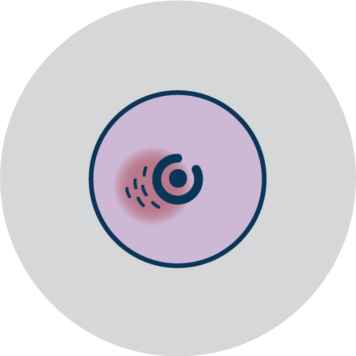
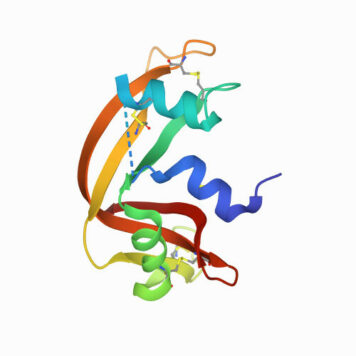
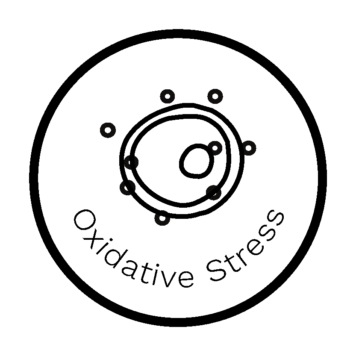





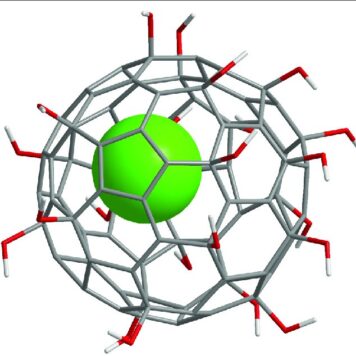

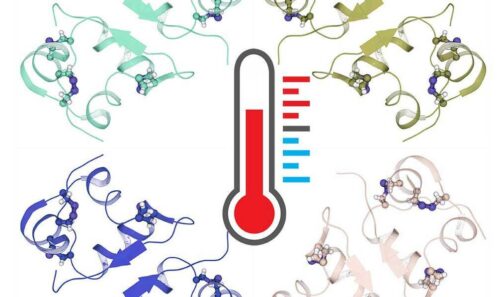

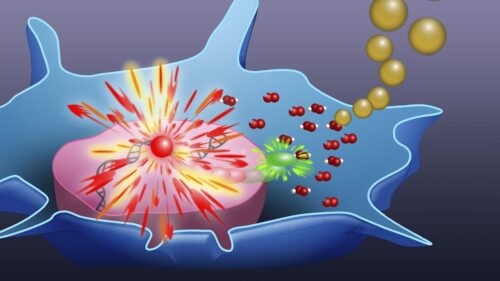







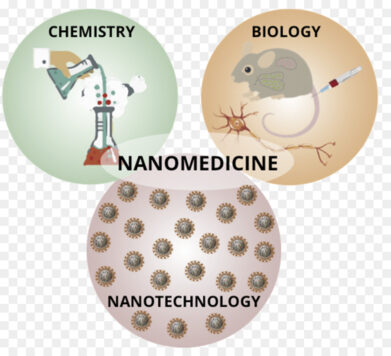
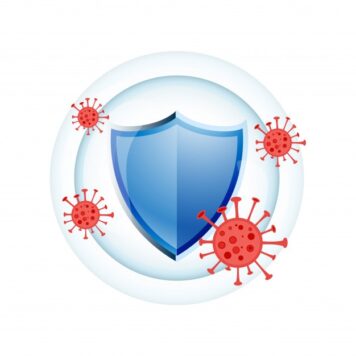


![Palladium-Catalyzed Reaction of [60]Fullerene with Aroyl Compounds via Enolate-Mediated sp 2 C-H Bond Activation and Hydroxylation](https://biofullerene.com/wp-content/uploads/2022/12/2978543-356x356.png)




